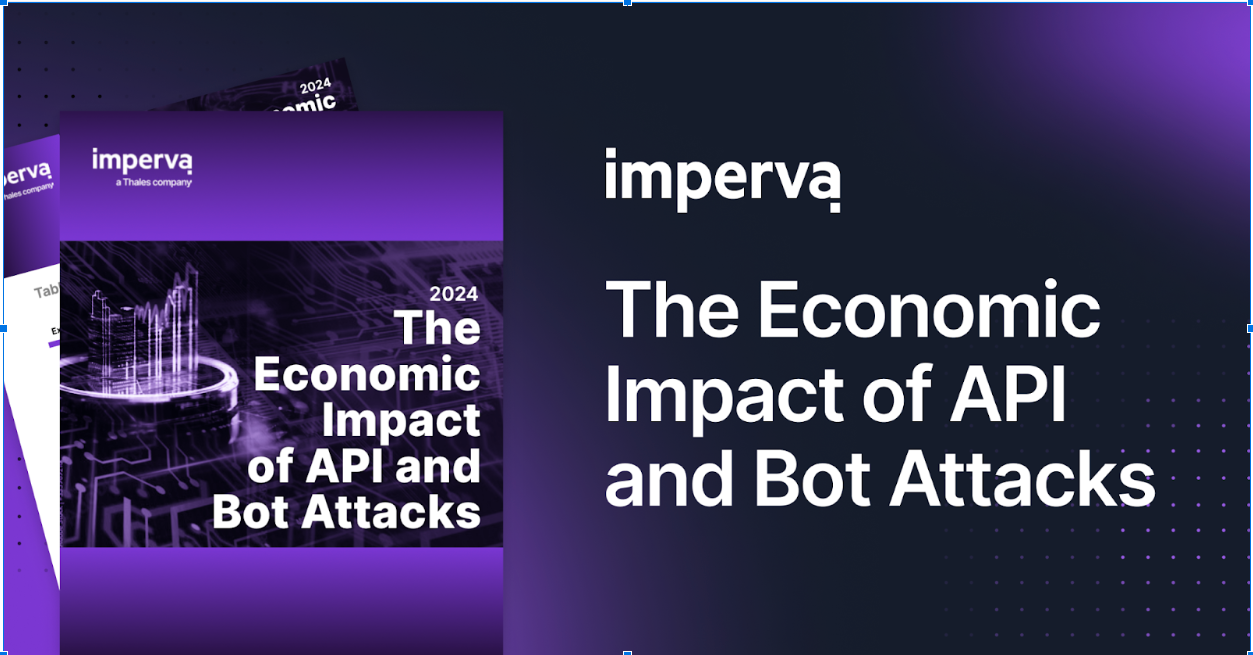Joomla has been downloaded over 68 million times, which makes it the second most-used content management system for websites. But like most open source content management systems, Joomla installations are also vulnerable to being hacked. Reasons include misconfiguration, bad hosting practices or vulnerable code in third-party extensions.
We wrote about 10 security tips you can use to secure your Joomla site in an earlier blog post:
|
|
|
|
|
|
|
|
|
|
But what about improving the delivery speed of your Joomla site?
Research has shown that having a website that loads quickly is one of the most important contributions to your visitor’s satisfaction and the reason they return to your site. We recently hosted a webinar with Robert Jacobi from Joomla and Nabeel Saeed from Incapsula. Together they shared three tips about improving speed on a Joomla site.
- Use native Joomla features to ensure that your content is optimized.
- Use a content delivery network (CDN).
- Leverage capabilities your CDN has to further optimize content on your Joomla installation.
Optimizing Site Content
A content delivery network (CDN) can cache content and speed up your site performance. In addition to greatly enhancing site performance, CDNs offer many built-in security features for Joomla users.
Incapsula has a Joomla extension to maximize performance and security. It offers the following benefits:
- Accelerate your Joomla site by more than 40 percent using Incapsula CDN, caching and content optimization technology.
- Protect your Joomla site from threats such as scrapers, spammers, scanners and hackers.
- Take advantage of virtual patching to mitigate any new Joomla vulnerabilities.
- View live website traffic statistics—including human visitors, bots, performance statistics and detailed threat reports.
This YouTube video provides step-by-step instructions for integrating your Joomla site with Incapsula.
Here are a few questions the audience had toward end of the webinar.
How long does it typically take to get up and running on a CDN?
That depends on what kind of CDN you’re running. If you have a Varnish Cache-type CDN, it can take anywhere from a few hours to a few days if you have everything preconfigured. Some cloud-based or service-based CDNs, such as Incapsula, can take just a few minutes for a normal deployment—or as long as it takes for your DNS record to refresh and redirect all traffic to Incapsula.
How do I rewrite static file paths to the Incapsula servers within Joomla?
CDNs like Incapsula and others are located between your website and global users. The CDN doesn’t require static files to be rewritten. Rather, it looks at each client request and manages it dynamically.
With your Joomla site you don’t need to change anything with regard to your images folder and links to those static files. The intelligence within a CDN will do the work.
Do I move the web hosting of my sites to the Incapsula CDN?
No, you continue to host your webserver, which in CDN terminology we call the origin server. What changes is, with the CDN, you now have a copy of that webserver located in multiple data centers around the world—as many as the CDN provider hosts. You continue to host websites as usual, but your content is broadcast all over the world.
How many CDN servers does Incapsula have worldwide?
Incapsula has its security and web caching service hosted at 32 data centers around the world. There we provide caching, a web application firewall, DDoS protection, server load balancing and a number of other features that comprise our complete service.
How much can I expect to pay for a CDN service?
This depends on many factors, such as how many sites you’re protecting, how many you’re caching and your monthly bandwidth. The more websites you have translates into more traffic passing through our CDN, which affects the annual subscription price.
How do user-specific pages get cached?
User-specific pages have a unique URL. In our advanced caching settings you can set where your user-specific pages are located. You can also set an exception, as well as the duration for how long such pages will be cached.
Here’s the full webinar with Robert Jacobi from Joomla. Let us know if you have questions about CDNs and Joomla.
Try Imperva for Free
Protect your business for 30 days on Imperva.












